



The motherboard of the industrial computer can not install the system
Troubleshooting System Installation Failures on Industrial control motherboards
In the field of industrial control, the motherboard serves as a critical hardware foundation for control systems. Its stability and compatibility are essential for ensuring the normal operation of the system. However, users may occasionally encounter system installation failures on industrial control motherboards. This article analyzes potential causes and provides solutions to help you quickly identify and resolve these issues.
Common Causes of System Installation Failures on Industrial control motherboards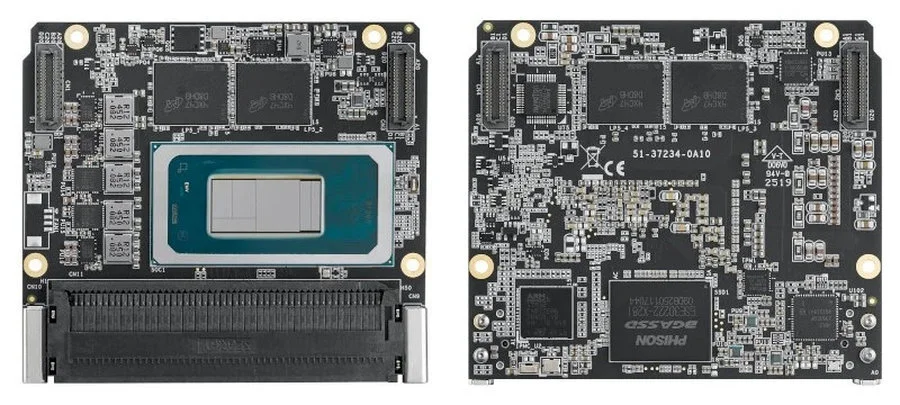
1. Hardware Compatibility Issues
The hardware configuration of the industrial control motherboard may not meet the requirements of the operating system. For example:
· The BIOS version is outdated and does not support the latest operating system.
· Incompatibilities between storage devices and the motherboard.
2. Faulty Installation Media
Installation media may be damaged or improperly created, leading to installation failures. Examples include:
· Incomplete data on the USB drive or optical disk.
· Errors occurring during the creation of the system image.
3. Storage Device Malfunctions
Physical damage to hard drives or SSDs can prevent the system from recognizing storage devices, resulting in installation failures.
4. Incorrect Motherboard Settings
BIOS misconfigurations, such as failing to enable UEFI boot mode or disabling Secure Boot, can cause installation issues.
5. Missing Drivers
Certain operating systems require specific drivers during the installation process. For instance, missing storage controller drivers may halt installation.
6. Mismatch Between System Image and Motherboard Architecture
Industrial control motherboards may support different CPU architectures, such as x86 or ARM. Using an incompatible operating system image will prevent installation.
Solutions for Resolving Installation Issues
1. Check Hardware Compatibility
· Refer to the motherboard's manual or technical documentation to confirm supported operating system versions and hardware configurations.
· If the BIOS version is outdated, download and update it from the motherboard manufacturer's official website.
2. Create Proper Installation Media
· Use reliable tools such as Rufus or UltraISO to create bootable USB drives.
· Verify the integrity of the system image file using SHA-256 checksums.
3. Inspect Storage Device Health
· Use diagnostic tools like HD Tune or CrystalDiskInfo to check the health of hard drives or SSDs.
· Replace faulty storage devices with new ones if necessary.
4. Optimize BIOS Settings
· Enter the BIOS settings and enable UEFI boot mode while disabling Secure Boot.
· Set the correct boot sequence, ensuring the installation media is prioritized.
5. Load Necessary Drivers
· If the installation process prompts for additional drivers, prepare the required storage controller drivers in advance from the motherboard's official website.
· Store the drivers on a USB drive and load them during installation.
6. Select a Compatible Operating System Image
· Ensure the operating system image matches the architecture of the industrial control motherboard. For example:
· Use 32-bit or 64-bit systems for x86 motherboards.
· Choose an OS compatible with ARM architecture for ARM-based motherboards.
Tips for Preventing System Installation Issues
1. Choose High-Quality Industrial control motherboards
Opt for reputable brands like Advantech or Wintec. Alternatively, purchase through specialized platforms such as WEYLAND to ensure product quality and technical support.
2. Perform Regular Hardware Maintenance
Keep the industrial control motherboard and related hardware in good condition. Regularly clean connectors and ports on the motherboard and storage devices.
3. Back Up Important Data
Before installing a new system, back up critical data to avoid potential losses due to operational errors.
4. Keep System Images Updated
Download and maintain the latest versions of operating system images to prevent compatibility issues caused by outdated software.
Conclusion
System installation failures on industrial control motherboards can arise from various factors, including hardware compatibility, installation media, storage devices, and BIOS settings. By systematically identifying the root cause and implementing targeted solutions, most installation problems can be effectively resolved.
For high-quality industrial control motherboards and professional support, platforms like WEYLAND offer reliable products and services, ensuring seamless integration and operation in your industrial systems.

Please contact us if the source is mislabeled or violates your legal rights.
We will promptly correct and delete, thank you.
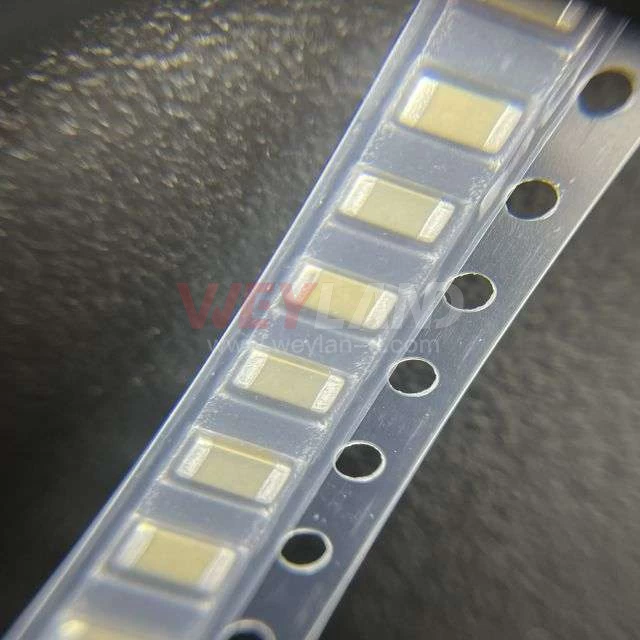
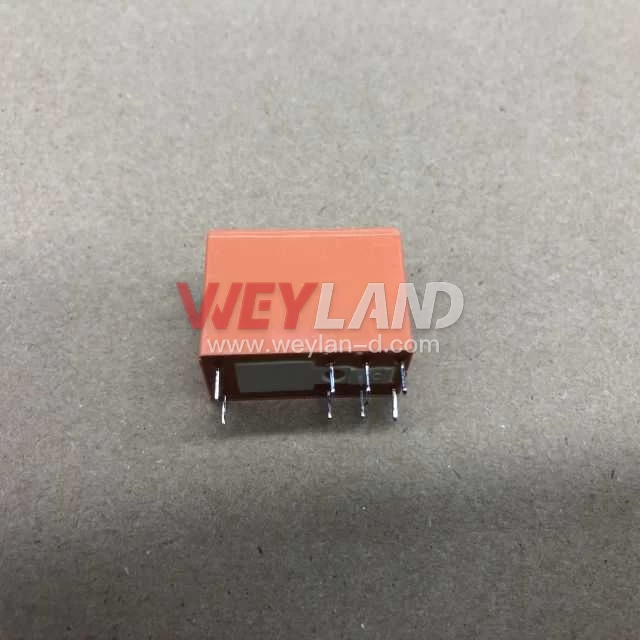

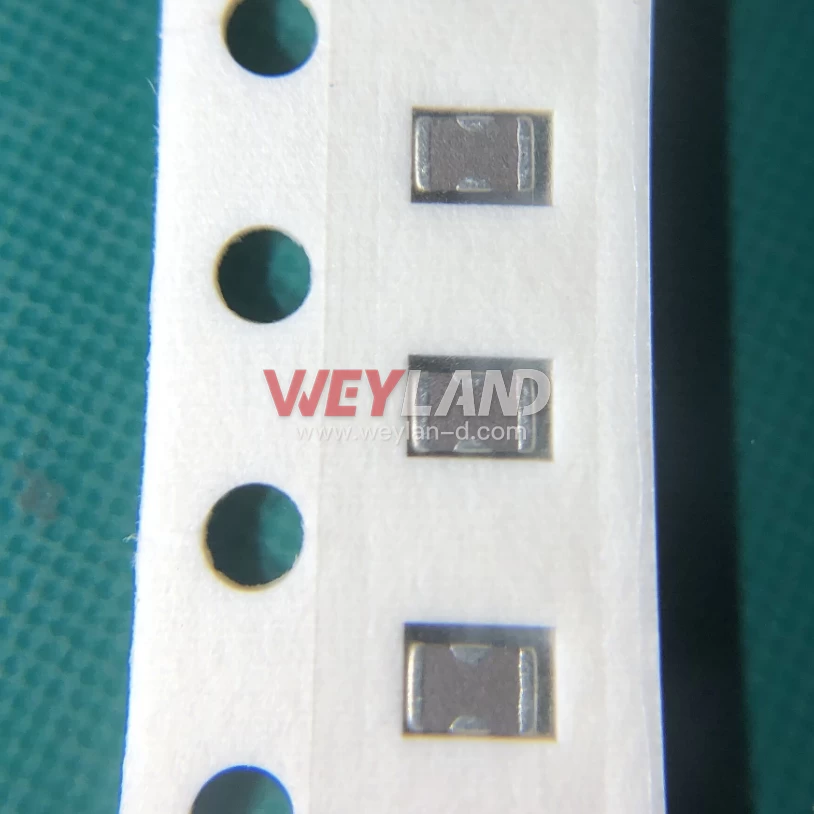
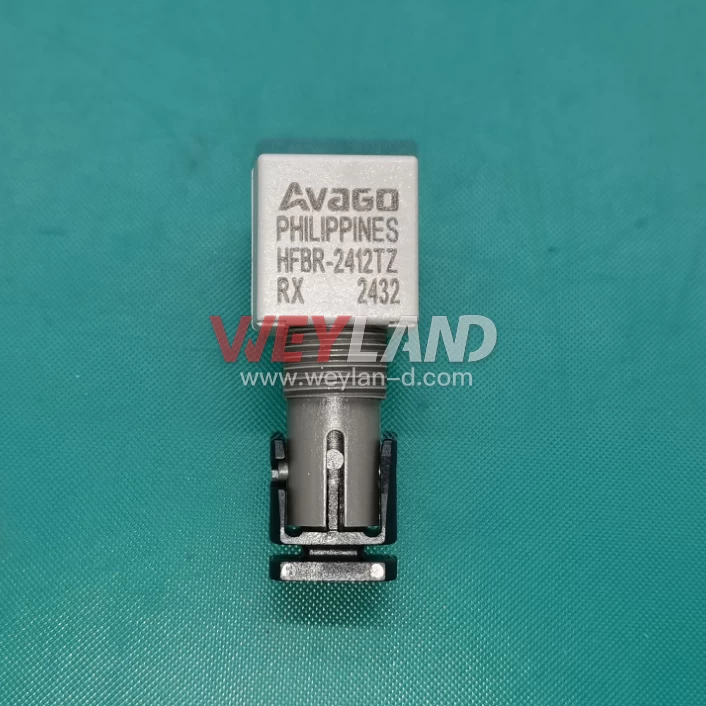
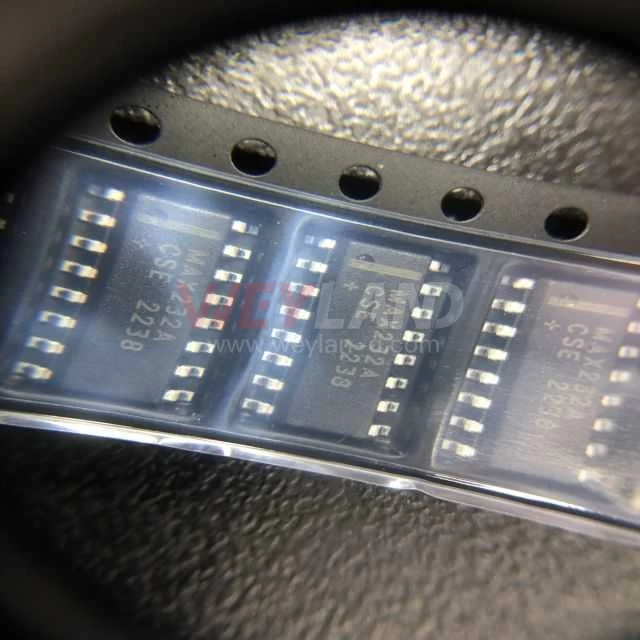

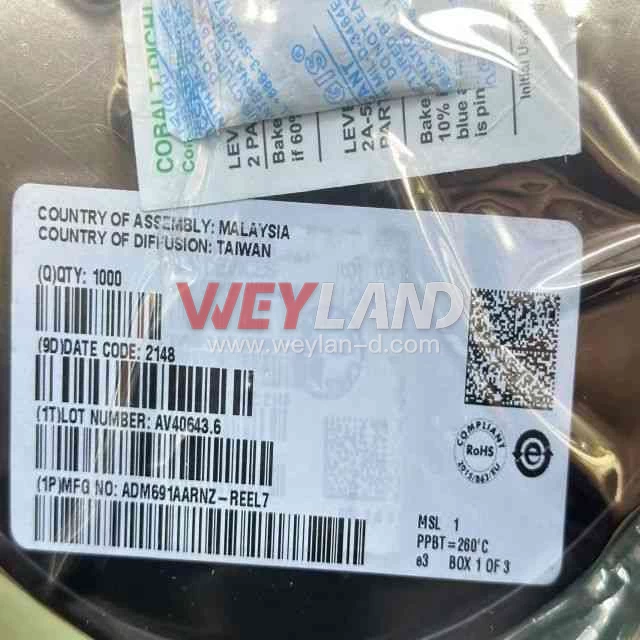
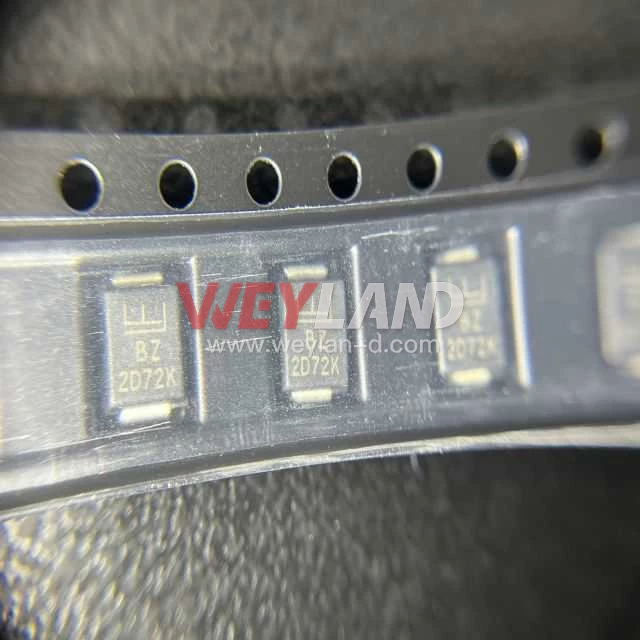
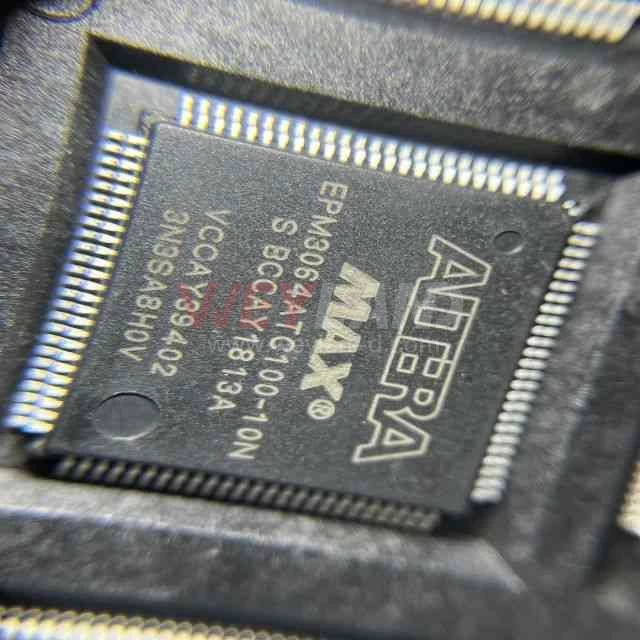
.9246509.png)












[email protected]
7500A BEACH ROAD #04-307 THE PLAZA SINGAPORE (199591)
RM 705.7/F.FA YUEN COMM BLDGNO.75-77.FA YUEN STREET.MONGKOK.KLN.HONG KONG
